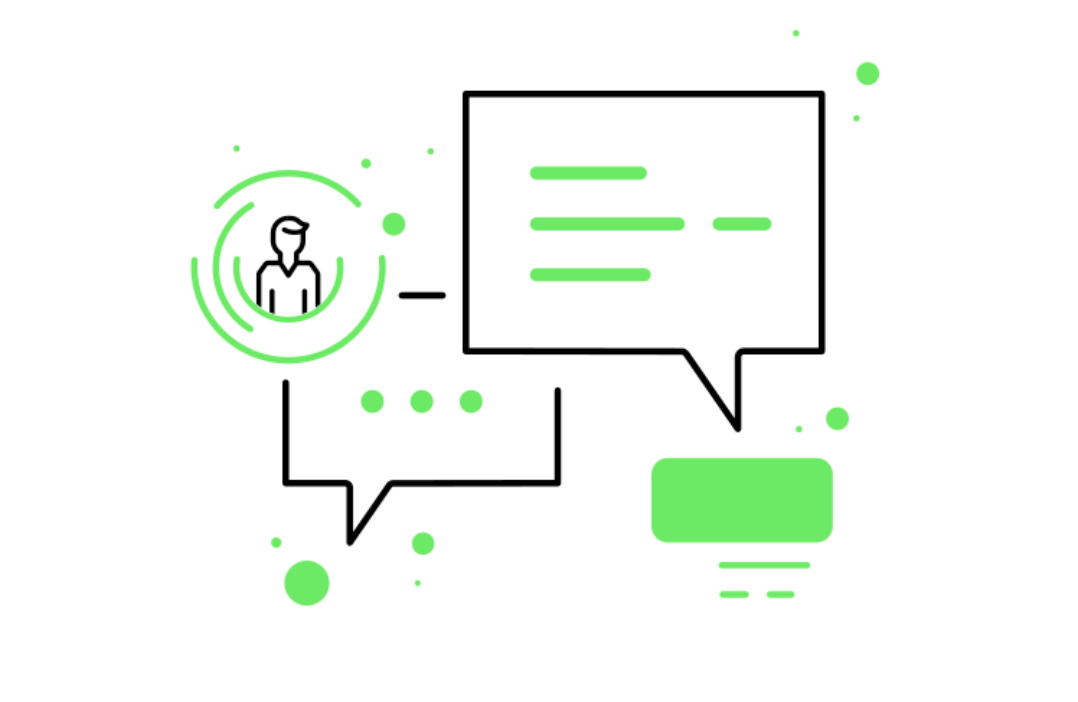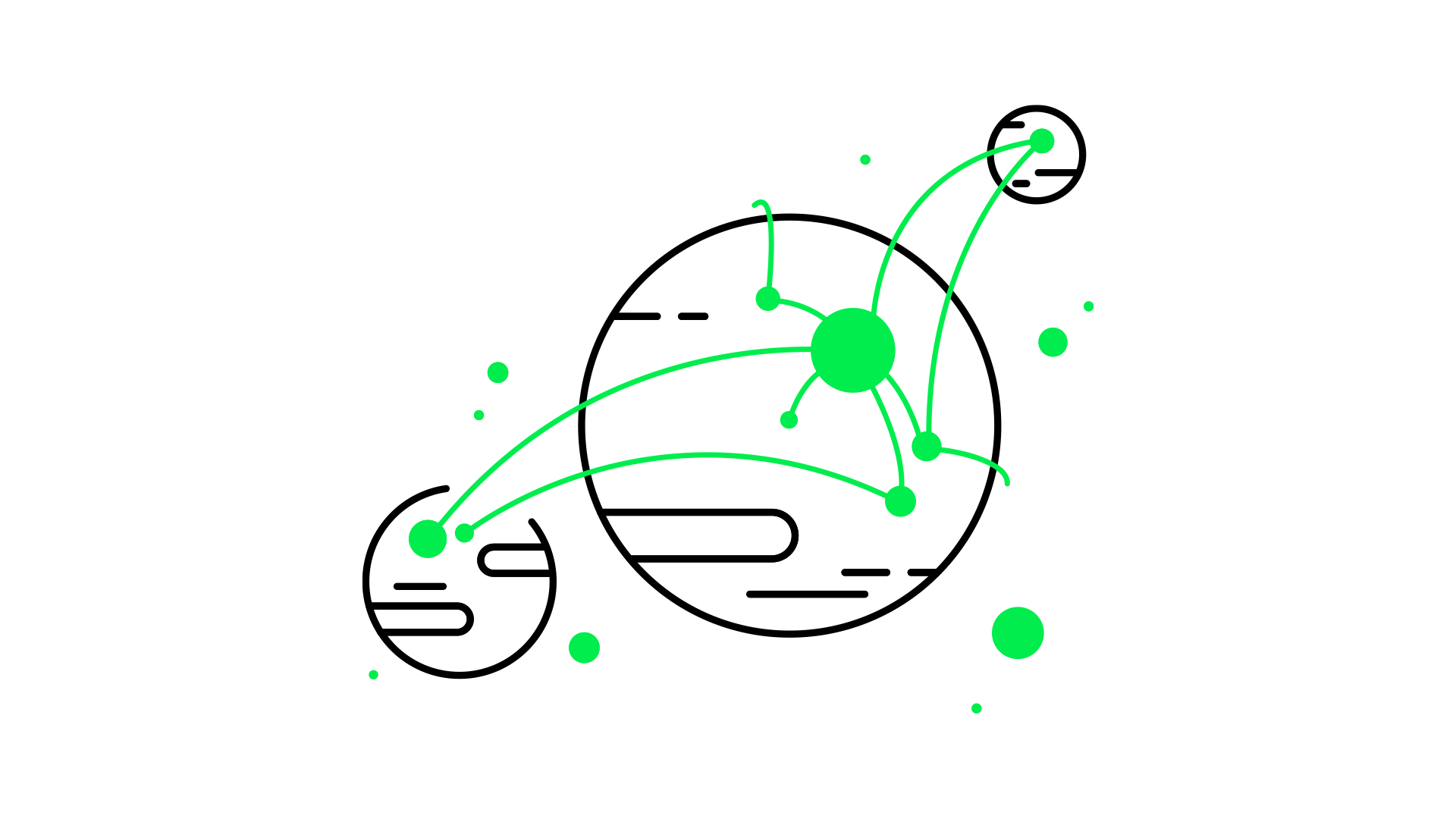
Flashy features
Studies of digital products invariably show a staggering misuse of resources – only 25% of their functionalities are used often, and as much as 60% are nearly obsolete or go completely unnoticed. Stuffing apps with useless additions or embellishments is also the opposite of respecting your user.
How ego clouds functionality, or what’s there for me?
Knowing the reach of your products should inspire respect in web creators, while the products themselves should address the real needs of real people and be closely studied at every stage of the design process. Therefore, as co-creators of Internet resources, we have come to the realization that technology and design go hand in hand, instead of creating meaningful interactions, designers have focused on experimenting. They wanted to find out what is possible and what is not, which is why their designs were braver and more uncompromising. After this growth phase, design became more natural and subtle, the interface – less prominent. The entertainment provided by interactive and animated portals created using Flash technology is now offered by gaming and streaming services, and our visual itch is being scratched by platforms such as Instagram, which has finally relegated the designers’ ego to the background and put the emphasis on users and the content they generate.
Too much tech can kill you
The latest trend based on the idea of Human Centered Design concerns products that allow their users to avoid addiction and so-called “tech overload”. Stress, anxiety, sleeplessness, and in worst cases – burnout, are just a few of the most common health issues that plague people due to tech overload. That is why currently designers focus on products that are devoid of needless clutter such as addictive and stress-inducing notifications and time-consuming functions because their aim is to aid people in their development, not hinder them.

User-Oriented Tools
A good example of partially user-friendly functionality are Slack notifications which track the user’s time zone. If we send a message to someone from a different time zone after their work hours, the recipient will not receive a notification. However, the sender can still force the notification to be delivered. This function is just a small step in the direction of creating communication tools whose users can control the extent to which they are inundated with notifications.
I want to scroll forever
Infinite scroll, created by Aza Raskin, was an interaction that was supposed to help users avoid needless clicking. Thanks to the infinite scroll, users didn’t have to click on the “next page” button. What we got was a mechanism that draws us for dozens of minutes at a time into watching content – even if we don’t find it particularly interesting. Even the author of this mechanism admits that the infinite scroll has caused him to become addicted to social media such as Twitter, Facebook, or Instagram, to which he devotes far too much time. This forced him to resort to tricks such as turning on monochrome mode on his phone, in order to make the content seem less attractive to his brain.
Voice interfaces, or a couple of words on privacy
We live in a world where most devices – not just phones – are becoming “smart” to some degree. We see a growing number of appliances react to what we say to them, and learn our behavior. Products such as Google Home and Alexa can listen to us passively, they “understand” everything we say, not just when we give them commands. This results in a whole slew of privacy and security issues.
Apple is the first company to capitalize on the ethically dubious practices of their competitors. They could have, like others in their field, sold their users’ data, but instead they have turned this danger into a sort of competitive advantage, developing products for people who are aware of these types of infringements. For example: all data entered into Apple Maps is encrypted and not even Apple can interpret it.
After it came to light that Facebook was selling the private data of its users, the current trend is definitely geared towards privacy protection. We all know that all our movements are being tracked and digitized to some extent, but we still want to make sure that no one eavesdrops on us.
Sustainable Design
People are currently consuming resources 1.7 times faster than the Earth is able to replenish them,
the Pacific garbage patch is currently bigger than France, the Internet “produces” 830 million tons of CO2 a year, which is more than the aviation industry (2% of global emissions). By 2040, these emissions will account for 14% of all CO2 produced on Earth. (benchmark.pl)
Recently, consumers have been growing more vocal about expecting brands to tackle sustainable development. Digital designers are discovering how important it is to reduce the negative impact of their business on the environment. Every year, thousands of new digital products and portals are created that use various types of interactions and create new habits. “Digital” translates into “scalable” at an unprecedented pace. That is why the World Economic Forum is taking steps to determine how “digital transformation can help make the world economy sustainable”.
Streaming just one hour of content a week uses up more energy per year than running two home refrigerators.
Why today design means accountability
It is a challenge for designers to incorporate the principles of sustainable development into every project and to change the consumers’ behavior for the better, but also to offer digital services that they can be proud of, knowing that they are helping reduce our negative impact on the environment. That is why new versions of apps should be designed to also work on older devices, thus helping avoid wastage related to throwing out outdated devices, even if recycling programs are becoming increasingly popular.
Dark mode and its impact on the environment
People with lighter eyes have less melanin which protects against harsh light, including blue light emitted by screens. This leads to insomnia and increases stress levels. For people who are naturally more sensitive to light (photophobia), dark mode is a more pleasant alternative also during the day. What’s more, dark mode on the OLED iPhone X reduces battery use by nearly 60% and can extend battery life by 30% – which can lead to enormous savings in terms of producing additional batteries. According to Google, the dark mode doesn’t make an appreciable difference on devices with LCD screens (Samsung Galaxy 5g, most iPhones before iPhone X), but in the future, these savings can grow dramatically, which is why not just apps, but also web portals are already offering dark mode interfaces to their users.

Green packaging
The ink used in printing contains pollutants, and some print ink contains volatile organic compounds (VOC) that contribute to global warming and climate change. Additionally, VOC mix with vehicle exhaust fumes, creating photochemical smog. With that in mind, Nike recently unveiled their new delivery box, designed by Polish designer Bartek Walczuk. The print is limited to the outline of the logo and accompanying text.
However, this was not the first attempt of this industry to significantly reduce the impact of packaging on the environment. Several years ago, Puma introduced its Clever Little Bag, reducing their use of cardboard by 65% and saving 500 000 liters of diesel fuel, 1 million liters of water, 8500 tons of paper, and 20 million megajoules of electricity.
Examples of sustainable design in the digital realm
The default settings of many products and portals have a negative impact on the environment, but this can be easily remedied. For example – instead of delivering plastic cutlery and paper napkins with each food order, the designers of food delivery apps could force the user to manually add cutlery to each order if they really need it, or – as Deliveroo has recently done – make them pay for it.
At SYZYGY, we also implement solutions that use sustainable design at least in some capacity.
On the website of one of our clients – Danwood – we have made downloading the catalog of products the default option, as opposed to ordering a paper catalog by mail. Users interested in Danwood’s offer of houses can browse the catalog on their device, send it to their family members, or print out only the pages they are interested in – thus reducing the use of paper, the cost of transport, and the emission of greenhouse gases.
Final thought
Due to growing consumer awareness, sustainable design has evolved from a fad into an obligation – both in terms of physical products and the digital world. Daring, but also conscious design decisions can reduce the negative impact of products and consumers’ behavior on our planet. We should ensure proper education today so that the next generations don’t have to fight in the streets for resources or access to clean air.
Author:
- Mateusz Karasinski — Head of Design in SYZYGY Warsaw
Illustration:
- Aneta Pomieczyńska — Digital Designer in SYZYGY Warsaw.


